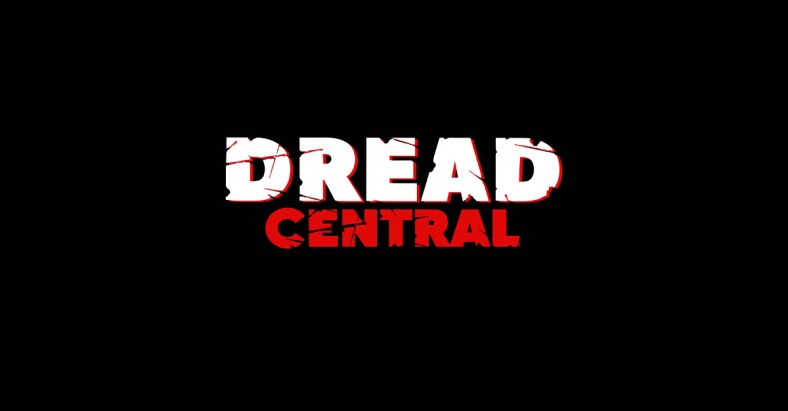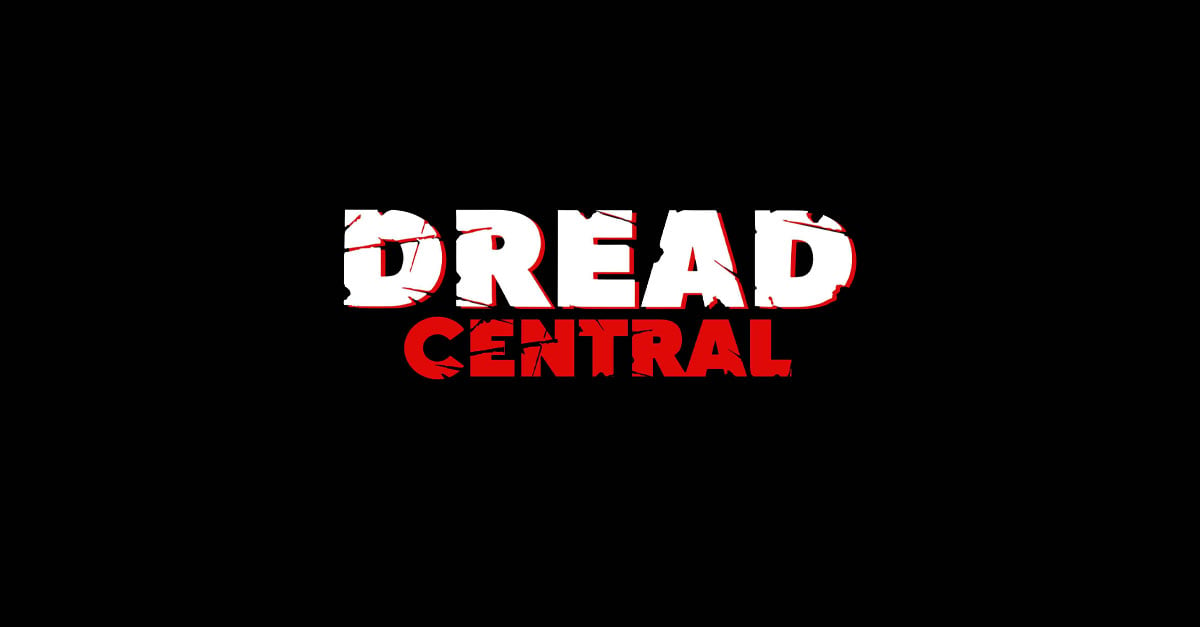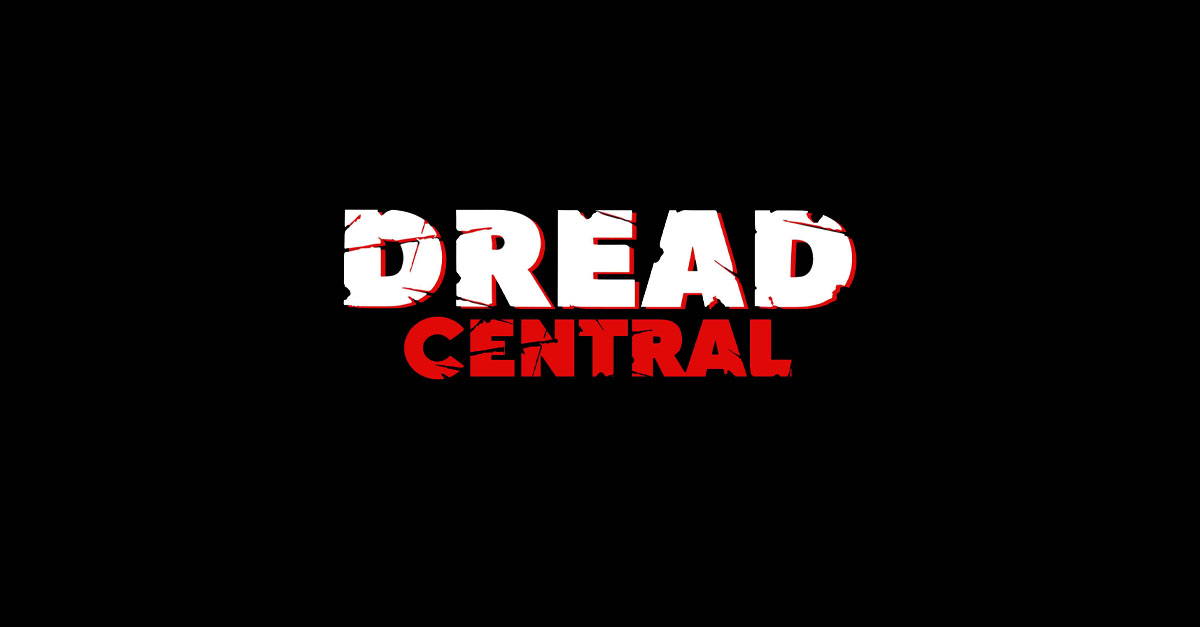Ember (Video Game)

 Developed by N-Fusion Interactive
Developed by N-Fusion Interactive
Published by 505 Games
Available on Steam and iOS
Suitable for ages 13+
I always feel a bit bad pooping on passion projects. They say those that can’t do teach, and those that can’t teach write snarky internet comments. Professional critics are even worse, with all the entitlement of a creator without any of the burden of proof. I’m usually able to justify it, since even the most biting of my condemnations is just a bump in the road for a long career in game design. It only takes a couple of years to make a game, so what the heck. Take it in stride, and build towards the next big thing!
So how am I supposed to react when a game has been in development for 10 years? Right in the first sentence Ember describes itself as a “passion project 10 years in the making.” Sorry, but how? Ten years is two whole console cycles. In 2006, Call of Duty hadn’t even gone “Modern Warfare” yet. We’ve gone through one whole Obama and a quarter of a Bush terms in that time. Hell, it only took six years to beat Hitler. How did this game take ten?
Never mind how impossible it is to just give a shit about the same thing for 10 years, but think of the technical limitations. If you were making a game in 2006, it was either a late stage Xbox/PS2/GC game, or a launch title for the Wii/Xbox 360/PS3. Think about Gears of War coming out today. If you think it looks as good as your memories, then go back and play it again. I assure you, it doesn’t.
Even stranger, this is a game releasing on the iOS and PC. That’s funny, because the iPhone wasn’t even announced until 2007. Assuming they weren’t psychic, that means that this game took so long to come out that they had to shift platforms to manage the slip in technical quality. It’s probably why this game feels super dated and mechanically limited on the PC. On the other hand, this might be the best mobile game I’ve played in ages.
Unfortunately, I was a big ol’ dumb dumb and decided to review this game on the PC. Never mind that years of reviewing bad PC ports should have warned me that it’s never as good as the intended platform. I thought to myself, “a complex RPG has to be played on the PC! How ever could an iPhone capture all the depth and complexity of party management and dialogue trees?”

A mobile device? Displaying text? Unfathomable!
Well, I guess a good start would be the whole game being designed around it. From the UI to the click-and-drag commands, this is a game designed from the ground up to be controlled with a finger. You can’t assign skill hotkeys, no shortcuts for selecting different characters, no quick commands for looting, nor any of those other conveniences you expect a keyboard to offer. You will be pointing and clicking a lot in this game. Unless of course you were smarter than me and got it for the iPad/Phone.
For those of you that got it on the correct platform/are willing to put up with the awkward controls, Ember is a distinctly old-school RPG that bucks many modern trends. Waking up in a crypt at the moment of your resurrection, you are the last Lightbringer. The Lightbringers were once a mighty race of magical dudes, who took care of a spirit race called Embers. The Embers are power incarnate, and lived in tandem with the Lightbringers to bring peace and prosperity to the world. And it would have been great, if not for those meddling humans/dwarves/elves. They killed off all of the Lightbringers, and the world has since fallen into darkness. It’s up to you to bring balance to the force and save the world.

The game’s got a bizarre dark comedy vibe. In this quest, I have to answer goofy riddles for the lord of darkness. The quest before this, I had to decide whether or not to euthanize and old man with dementia who couldn’t remember killing his neighbor. Heh, the mental health issues of the elderly. Hilarious.
As far as I know, this is the basic plot. There is a lot more, but I only can read so many novels in a day. As I said, Ember is old-school, and that means text logs. Mountains and mountains of text logs. Even the tutorial is a string of text logs. Want to know how to fight? Read a book, nerd. Oh, did you want a video explanation? Tough titties. Read that book, or bash your face into a brick wall until you go back and read that book.

You know what I wish video games had more of? Books.
I’m not saying that the game does nothing to hold your hand. This isn’t Dark Souls. The quests tell you where to go, skills what they do, and items their stats/basic requirements. I was never confused which items were higher level than others, or what their various benefits were. It’s just been a while since I walked too far in the wrong direction and got savaged by a bear 10 levels higher than me.
Ember gives you a level of freedom not seen in modern RPGs. The game tells you to go east, but isn’t going to stop you from going south into the goblin lands. I mean, you probably shouldn’t due to aforementioned slaughter-bears. Being the Ted that I am, I got the wild hair up my ass to see just how tough one of these bears was. I equipped my Lightbringer with the most damaging wand I could find, and my warrior with the chestpiece that gave him the best single target stun. Expending all of my energy and health, I was able to take it down, only to find another pissed off bear four feet down the road. Am I mad there wasn’t a reward? Kind of. Would I rather have the chance to find out for myself than an invisible wall? Absolutely.

Though I’m still on the fence about the, “just throw shit in there and see what happens” crafting system.
Ember also isn’t going to restrict you with any of that “leveling tree” nonsense. If that sentence doesn’t make sense to you, of course it didn’t. We’ve gotten so used to a certain style of class based RPG that any other system just seems foreign. Warriors should wear heavy armor and have physical attacks, while rangers should shoot bows and summon pets! Ember only has stats and items. You’ll need a certain level of stat to use an item, which will give you a certain skill. It might take eight levels of strength to use your Iron Hammer of Swift Striking, which gives you the ability to hit twice.
Certain skills are bound to certain item types, like fire bolt to wands/staves. What makes Ember interesting is all of the overlap. Helms generally have some kind of healing skill, while chest pieces usually have area of effect or mobility. That means that your warrior can have a two handed great sword with double strike, but a chest piece with an AOE stun and a helm with greater heal. As a caster, you can choose between a chest piece with an AOE fire debuff or one with an evasive leap. It leads to much more creative build choices than a set tree. You might initially be keeping your mage as a back line caster, but it’s totally possible to equip him as a close range AOE disable machine. Figuring out what is best is just part of the game, and entirely up to you.

Abilities can be repeatedly cast as long as you have the energy, which did wonders towards my dream of one day becoming a blender.
This is all under the umbrella criticism that it just doesn’t work too well on the PC. If I could assign hot keys to all my skills and easily work my way through combat, I’d love it. But every time I want to cast a proactive circle of fire, I first have to engage with my warrior by clicking and dragging, waiting for him to aggro, and then click and drag my fire circle. It just adds up to a barrier of entry that makes me really wish I was playing on a different system. That’s the definition of a bad port. Ember is the mobile game fantasy we all had when games were first being designed to be played with our fingers. While the casual market would doom us to endless candy clickers, jewel matchers, and castle crushers, we hardcore gamers dreamed of how awesome it would be to play Baldur’s Gate with our fingers. Ember is the IP the mobile platform deserves.
There’s no doubt that RPGs like Divinity: Original Sin are more robust and complex. But that game is still $40. Ember is $10 new—only $7 if you get it on the iOS—and isn’t a poor alternative. The amount of value you can get out of Ember is easily worth the cost. If there were better PC integration, it could be in the running for indie sleeper hit of the year. As it stands, it is impossible to rate without splitting the two. As a PC title, it’s a poor port with more promise than execution. As a mobile game, it’s a must buy. If you want a serious gaming experience on your iPhone or iPad, this is it.
-
Game (PC)
-
Game (Mobile)
Categorized:Reviews

